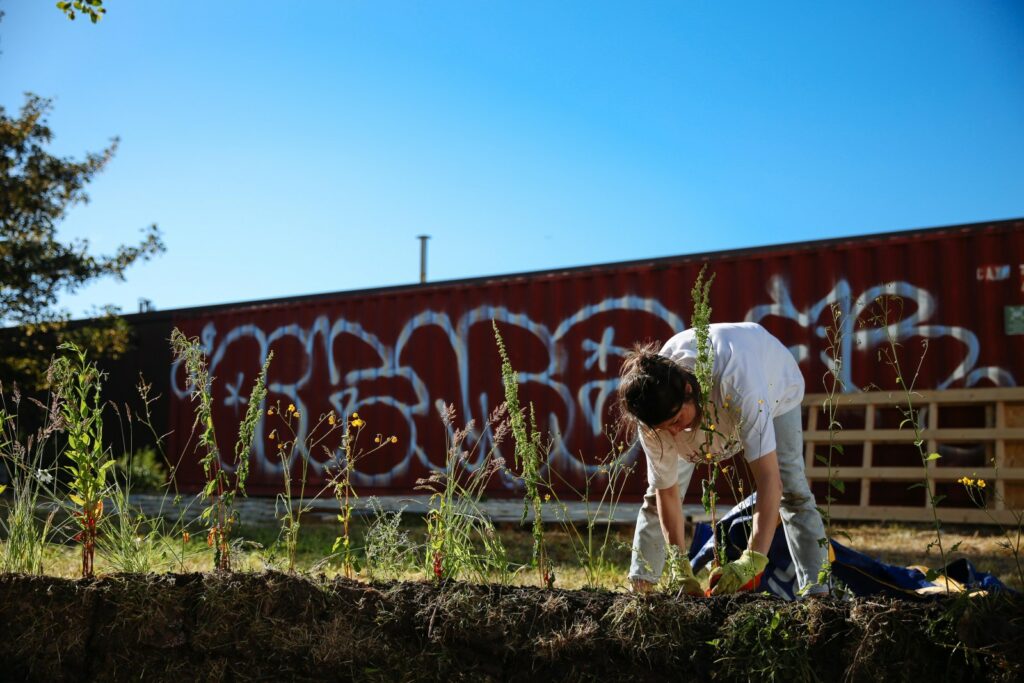
Unit: Learning Platforms
Initial Brief
The designer Paul Elliman said ‘a school is a building with a school in it’. Do we agree? Where next for creative education? What would independent creative learning, embedded in place and context, look, act and feel like?
When the mechanisms of mainstream school, college and university education seems to increasingly answer to a transactional neo-liberal logic – of skills (in return for payment and debt), ’employability’, and a job-based economy that might not even exist in 20 years time – people naturally become more interested in possible alternatives. As part of this unit we will interrogate this assertion, form our own group position(s), and devise – minimum of 2, maximum of 4 – prototype ‘platforms for learning’ – these may take a physical form, or could be system-based proposals, or exist in digital spaces, or a combination of all and more of these.
This unit will be underpinned by the idea of thinking through making – we will be focussed on realising proposals, in whatever form seems appropriate to the ideas generated. Through creating an intensive, studio-based learning environment, participants will generate new skills and learning through this active social learning process. Though the unit is devised and led, participants will learn just as much from themselves and each other. We will engage hands and heads, sometimes at the same time. In the time available, we will be open and honest about the context and limitations of our proposals, while remaining very ambitious in terms of what can be achieved with the resources we have and what can be learned from this.
Method:
The project will consist of 4 stages – sometimes happening in parallel:
Observe – in smaller sub-groups; researching, observing and documenting the site, the local context, (district, city), and the global context
React – using our findings (combined with our previous experiences and knowledge) to form a range of positions or proposals.
Discuss – as a group we will discuss our findings and make plans
Make, enact, test – a range of prototype proposals will be created on, or in relation to the Phoenix Nursery site, the location of this years Test Unit. We will actively seek to connect these ideas with a public, and learn from this interaction.
Process:
The nature of this unit meant that from the outset we were keen to look at how the group self-organised, the types of things we might like to investigate and discuss. Initial activities were scheduled, such as small team tasks, and a movement workshop with Glasgow Open Dance School (GODS)
Outcome:
There were two physical outcomes to the weeks activities – a circular area created by the group by collectively digging out and reforming the earth outside civic house, (sited in relation to a nearby tree), creating a space to gather, and a publication of the weeks ongoing discussions and activities which has since been printed and distributed to group members, and was shared with the broader group at the end of the week.
Learning:
There was so much learning in this project for the facilitators, and we hope for the participants too. The structure of the unit was devised to try and facilitate lots of different modes of learning, from hands-on and immediate thinking-through-making, to more discursive activities, sharing ideas and references. It’s also important to note the intended self-directed nature of the group*, and that there was a lot of peer-led learning as participants were from different backgrounds, and the connections made and conversations had are an important part of the overall learning outcomes.
* This worked on some levels, but also created interesting frictions on other levels – to say the group was entirely autonomous and self-led would be slightly misleading, but there was a conscious effort to ask the group to think about what it wanted to do and how it wanted to do it. This can be slightly difficult to engender in such a short space of time, but it was still a useful approach and ethos to try and engage with, and was very productive in a lot of ways.
Next steps?:
We’d like to think about how the learning from this unit might influence future test units – in terms of the structure and the type of activities we engage with.
DOWNLOAD PUBLICATION – designed by Sophie Dyer
Links / references:
About the facilitator
Neil McGuire is a designer and design tutor who works on a range of projects and activities including; graphic design commissions, artworks, event production, curation, learning and teaching, talks, and self-initiated projects. He is actively engaged in arts and culture, through positions on the board of initiatives such as Make Works and New Glasgow Society.
Recent projects have included Livescore (a digital project bringing together young-people from three diverse locations to digitally collaborate on and perform a new devised production, with Imaginate) and Then/Now (a public art commission for Scottish Canals, funded by Creative Scotland, undertaken with Minty Donald and Nick Millar). His interests include design and politics, architecture, and the impact of technology (both new and old) on society and writing things about himself in the third person.
Sophie Dyer lives and works in London, UK. Dyer is an independent graphic designer currently working with Airwars, a charity monitoring and assessing civilian harm from airpower-dominated international military actions. She recently completed studying at the Centre for Research Architecture, Goldsmiths where her work investigated the aesthetic and spatial dimensions of ‘slow violence’. Dyer collaborates with NGOs, journals, galleries, artists and cultural organisations to produce projects that move between design, journalism and research. She edits the Chinese-English magazine, Concrete Flux.
Facilitators:
Neil McGuire & Sophie Dyer – A Feral Studio
Assisted by:
Bill Sempsis, Fiona Hunter
Group Members:
Briana Pegado, Robert Mills, Charles Myatt, Rosalind Peebles, Miranda Stuart, Lauren La Rose, Gemma Crook, Maeve Dolan, Giovanni Sambo
Photo credits:
Jassy Earl